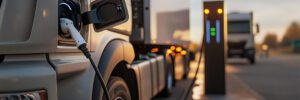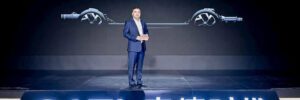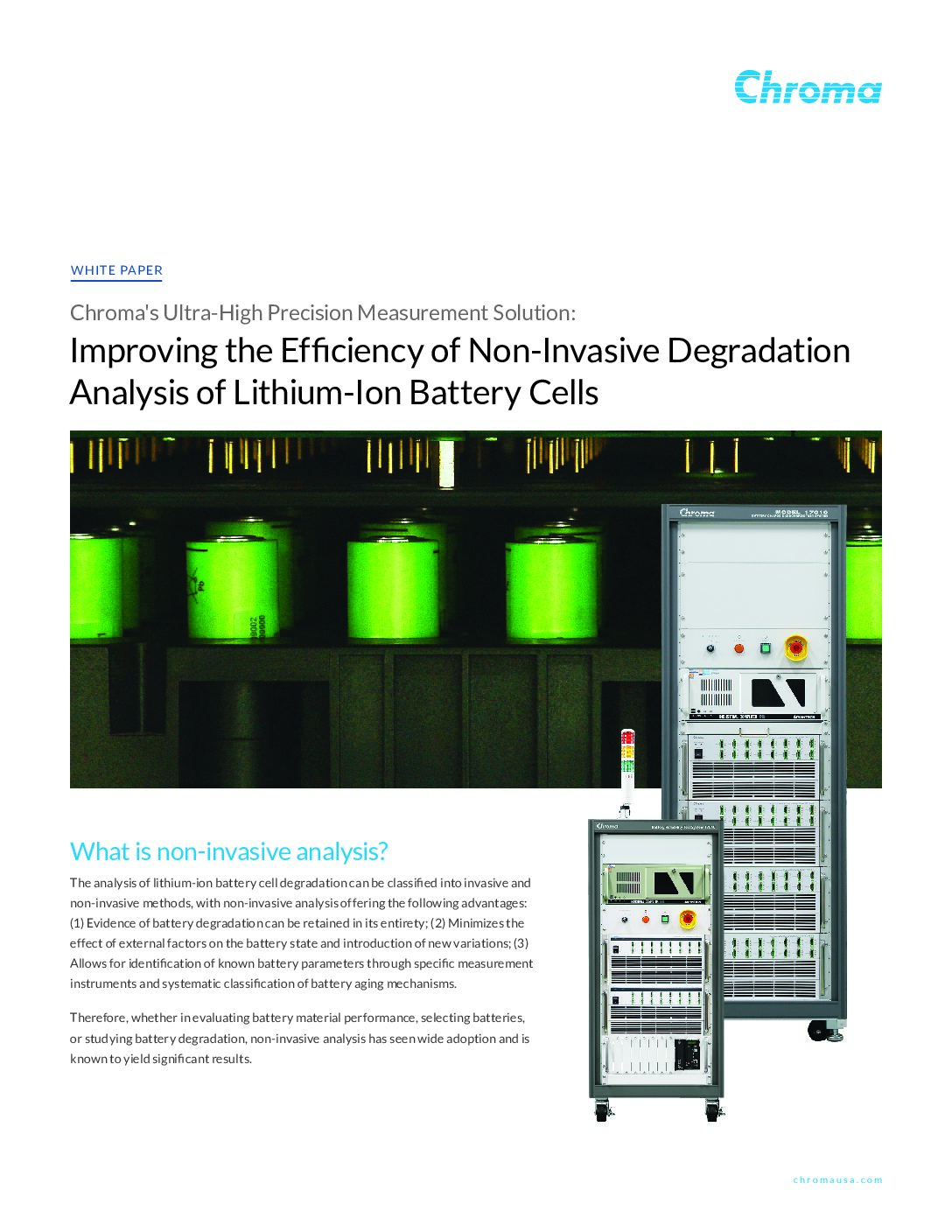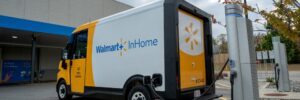

If you’re a decision-maker for a commercial vehicle fleet that’s considering going electric, one of the best things you can do is to study the experiences of fleets that have successfully electrified.
Quality Custom Distribution, a division of Golden State Foods, has been using EVs in its operations for the last couple of years. FleetOwner’s Jade Brasher spoke with Shane Blanchette, Group VP of Operations at QCD, about the company’s electrification journey.
QCD, which offers distribution services across the US, currently operates 40 Class 8 Volvo VNR Electric trucks and has 4 more on order. The EVs are split between two QCD facilities in California, at La Puente and Fontana.
The company began its electrification strategy in 2021 with a single Volvo VNL, acquired through Volvo’s Low Impact Green Heavy Transport Solutions (LIGHTS) project, a pilot program designed to gather information on fleet EV deployment. After only two weeks of operating the VNR Electric, QCD ordered 14 more with the help of a grant from the Mobile Source Air Pollution Reduction Review Committee’s Inland Port Program. A year later, QCD decided to order 30 more VNR Electric trucks.
“The $20-million electrification project includes 16 chargers and an industry-first renewable energy microgrid to power the battery-electric fleet and distribution center in Los Angeles,” Blanchette said.
Several OEMs currently offer Class 8 electric truck models, but QCD has stuck with Volvo.
“As a Volvo Trucks customer for over 13 years, we knew we could expect the same level of safety, comfort, and performance from the VNR Electric as we’ve always had with the traditional VNR,” Mike Douglas, QCD’s former Senior Director of Strategic Procurement, said at the time of QCD’s first EV delivery.
Getting charging infrastructure installed is typically one of the biggest challenges for fleets that are going electric, and QCD is no exception. The company is currently relying on a temporary charging solution—portable 50 kW DC fast chargers leased from Volvo Financial Services. The company’s permanent charging solution, which includes a microgrid, is expected to be up and running later this year, after two years of work.
Blanchette told FleetOwner that the timeline could have been “cut in half, if permitting and equipment lead times [had been] more favorable. The major hurdles in building out the infrastructure were equipment procurement and permitting timelines, as well as landlord alignment, as our facility is leased space.”
The company is using two different charging infrastructure partners for its two facilities. “On our La Puente project, we partnered with InCharge and Scale Microgrids, while the Fontana project was coordinated through Volvo and involved Shell Recharge.”
Both InCharge and Shell Recharge helped facilitate “grant funding identification, permitting, equipment procurement, data analytics, infrastructure design and construction.”
QCD originally decided to electrify for sustainability reasons, but has found another benefit: drivers love the new trucks. Electric vehicles have “made the drivers’ life easier,” Blanchette said, “which in turn, has helped with higher retention, lower turnover, and most importantly, improved safety.”
QCD’s fleet runs regional delivery routes, with an average of less than 100 miles per route. Class 8 electric trucks are well suited for this duty cycle. “The new generation of EVs in our fleet gets up to 275 miles,” Blanchette said. “It’s been perfect for QCD because when the team comes back, they still have anywhere from a 40 to 50% charge remaining on them.”
After two years, QCD has found that the maintenance cost for its Class 8 EVs has been about half that of its legacy diesel trucks. “When comparing the repair and maintenance cost against same model year and workload diesel units, we are seeing the EVs cost significantly less,” Blanchette said.
Source: FleetOwner







